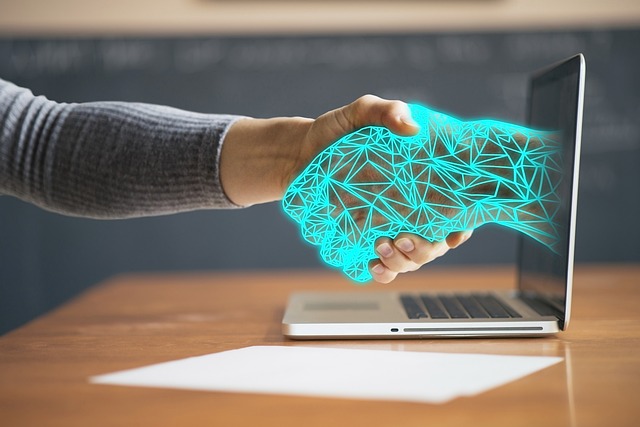The question of whether robots will take over people at work is a complex and debated topic. The impact of automation and robotics on the workforce depends on various factors, including technological advancements, economic considerations, societal attitudes, and policy decisions. Here are some key points to consider:
- Automation and Job Displacement: Automation and robots have the potential to replace certain tasks and jobs that are repetitive, routine, or can be easily standardized. This has already been happening in industries like manufacturing and some service sectors. However, automation doesn’t necessarily equate to total job displacement. While certain tasks might be automated, new jobs and roles can emerge to manage and maintain these technologies.
- Job Transformation: Rather than complete job replacement, automation often leads to job transformation. New technologies can enhance productivity, allowing workers to focus on higher-value tasks that require creativity, problem-solving, emotional intelligence, and complex decision-making. Jobs might evolve rather than disappear.
- Coexistence and Collaboration: In many scenarios, robots and automation can work alongside human workers, complementing their skills and abilities. Collaborative robots (cobots) are designed to work safely alongside humans and can handle tasks that require precision, strength, or repetitive actions, while humans manage more complex aspects of the job.
- Reskilling and Education: To navigate the changing landscape of work, reskilling and upskilling programs will be essential. As technology evolves, workers will need to acquire new skills to remain relevant in the job market. Governments, educational institutions, and businesses will play a crucial role in providing opportunities for ongoing learning and development.
- Socioeconomic Impact: The pace of automation’s impact on jobs can vary across industries and regions. Sectors heavily reliant on routine tasks are more susceptible to automation. The socioeconomic impact will depend on how societies and governments address potential job displacement, income inequality, and the need for social safety nets.
- Ethical and Societal Considerations: The introduction of robots and AI into the workforce raises ethical questions about job quality, worker safety, data privacy, and decision-making processes. Ensuring that technological advancements are deployed responsibly and with consideration for these factors is crucial.
- Job Creation: While automation might lead to job displacement in certain sectors, it can also stimulate job creation in others. The development, maintenance, and operation of robots and automation technologies can generate new employment opportunities.
In conclusion, robots and automation are likely to continue shaping the workforce, but the extent of their impact will depend on a range of factors. Rather than a simple takeover, a more nuanced picture emerges: a changing job landscape that requires adaptation, reskilling, and responsible deployment of technology. It’s important for societies, businesses, and policymakers to work together to ensure that the benefits of automation are harnessed while addressing its challenges.
